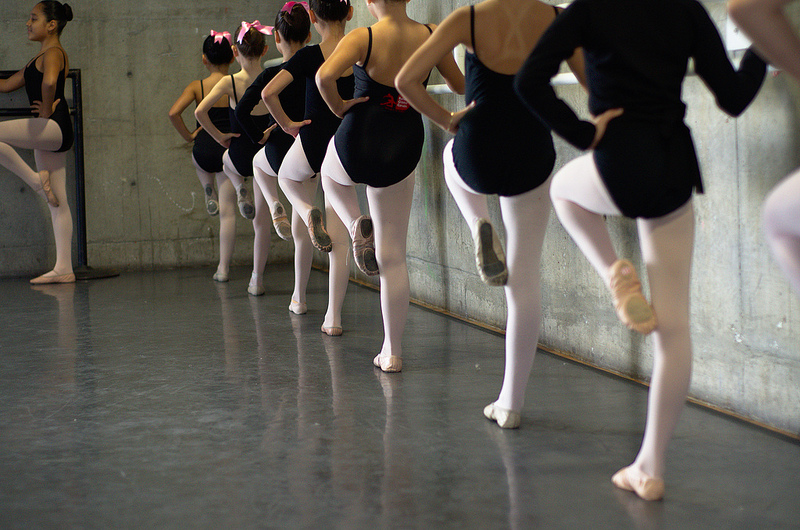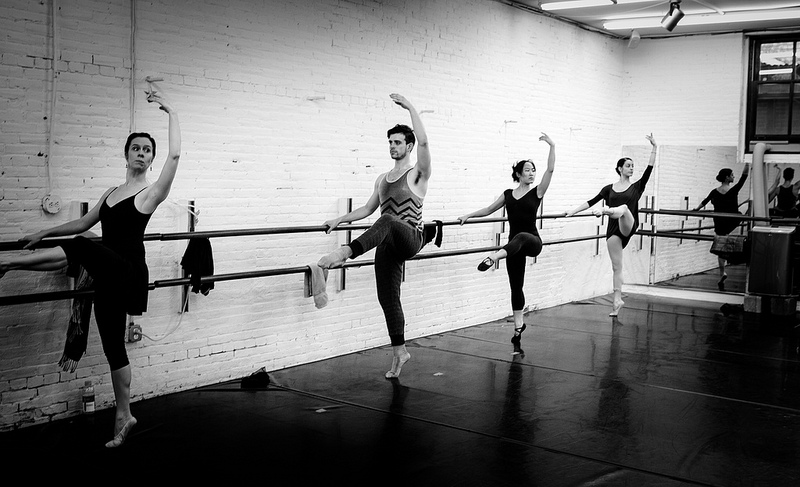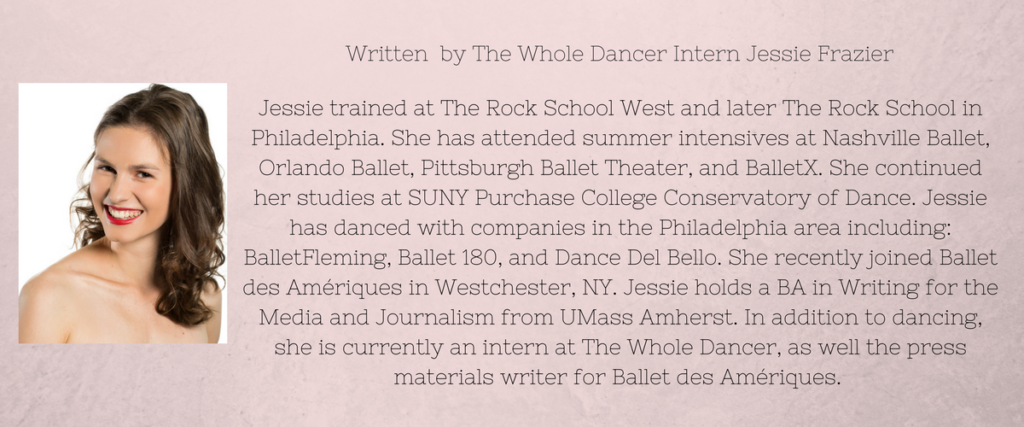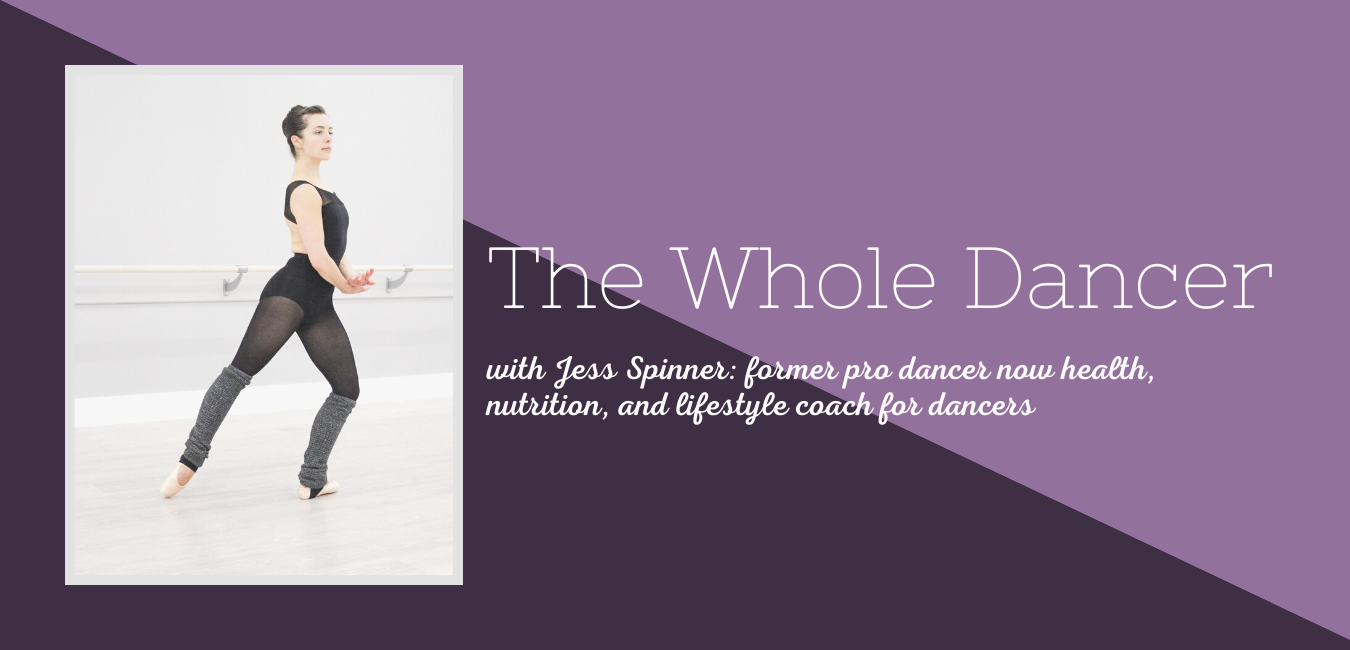How Lower Level Ballet Classes can Serve You!
As a pre-professional student or professional dancer, you often crave the challenging classes with advanced steps, hard combinations, and fast tempos that have you leave the class dripping with sweat.
Yes, these classes are fantastic. They feel good and challenge your stamina and advanced technique. But there is something to be said for taking it down a notch and slowing things down.
Your technique is like a house: your fundamental technique is the foundation of the house; your advanced technique (mastery of challenging steps and fast tempos) is the roof. If the foundation crumbles, the roof will cave in. Why work on a roof when there is no place to put it?

That being said, how does a busy pre-professional student of professional dancer maintain that foundation? Take a lower level class.
To some dancers, taking a lower level class seems like taking a step back. On the contrary! Taking a lower level class has so many benefits when balanced with your current training.
Taking lower level classes will give you more time to practice in the studio and focus on your technique. If you dance at a smaller studio that does not offer as many classes as you would like to take, ask your teacher or director if you can take lower level classes to supplement your schedule.
First, lower level classes will force you to take everything at a slower tempo. Use the slower tempo as an opportunity to work on elements of your technique that may slip away or get sloppy at a faster speed or during rehearsals.
Think about how you’re holding your turnout, are you gripping where you don’t need to, can you deepen your plié, or articulate through your feet more?
Dancing at a lower level, performing combinations at a slower tempo forces you to work on and maintain your control. This can be especially beneficial for adagio, or any weakness for that matter.
Anytime is a good time to take a lower level class. However, it can be especially beneficial when coming back from an injury or a long summer break. A gradual re-immersion of ballet technique is so important when recovering from an injury.
You are rebuilding your foundation, making it stronger to prevent previous cracks (injuries and/or technical weaknesses) from reappearing. Therefore, this process should not be rushed. A lower level class will give you the time and space you need on your road to recovery or getting back in shape for the season.
Depending on your studio, school, or company, you may work get to work with teachers you don’t interact with on a daily basis by taking a lower level class. For some people, taking class with a different teacher is a breath of fresh air (Check out this video on The Whole Dancer YouTube on taking class somewhere new!) that can lead to an “aha” moment. They might be saying what your current teachers or staff are saying, but a rewording or new visualization might click with you. Also, analyzing a step at a slower, simpler level might help the concept click.

As a novice ballet teacher, I enjoy taking beginner or intermediate level classes so I can better understand how to teach these students. I look for new ways to break down technique for the younger students.
I share anecdotes, ideas, explanations, or visualizations that I wish I had heard as a student or that I know my students will connect with. Also, it gives me a good point of reference to what I should expect of my students in both technique and how they conduct themselves in class (depending on their age and level).
While taking a lower level class, you will definitely have to put your ego in check. Standing at barre next to a much younger dancer can sometimes feel demeaning. Yes there will be classes where a 12 year-old has better technique than you.
But always remember these three things in ballet:
- You are always better than someone else and there is always someone else better than you.
- Everyone is always a student in ballet no matter how advanced they are
- Everyone has to stand at barre everyday and do their plies and tendus.
Taking a lower level class can be a mutual learning experience for you and the younger students. They become inspired by watching a more advanced dancer work on their technique.
In turn, the younger students remind you of the initial joy and curiosity of ballet technique that is so present in the upcoming generation of dancers.
What makes the ballet community so great is the ability of everyone to learn from one another not matter what level or stage in your career you are at.
On that note, take time as you prep for auditions or performances to work on the foundation of your house: spend some extra time in the studio alone or just into a lower level class.
Do you ever take lower level classes? What do you get out of them? Share in the comments below!!

- Photo credit: gabrielsaldana on Visualhunt.com / CC BY-SA
- Photo credit: Yellow Sky Photography on Visual hunt / CC BY-SA

Hi, I’m taking lessons in a class with younger dancers and I try to do my best to learn from them, in my own tempo. One told me that she hopes to still be able to dance when she reaches my age. That was a great compliment for me.